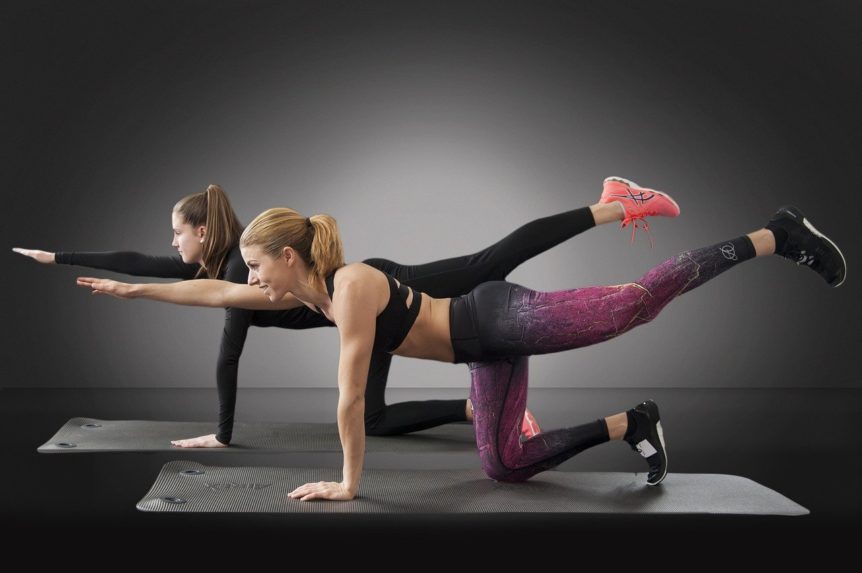Abstract
Hott A, Brox JI, Pripp AH,
Objective
Extended follow‐up of a randomized trial comparing hip‐focused exercise, knee‐focused exercise, and free physical activity in patellofemoral pain (PFP).
Methods
A single‐blind randomized controlled trial included 112 patients aged 16‐40 years (mean 27.6 years) with a clinical diagnosis of PFP ≥3 months (mean 39 months) and pain ≥3/10 on a Visual Analog Scale. Patients were randomized to a 6‐week exercise‐based intervention consisting of either isolated hip‐focused exercises (n = 39), traditional knee‐focused exercise (n = 37), or free physical activity (n = 36). All patients received the same patient education. The primary outcome measure was the Anterior Knee Pain Scale (AKPS, 0‐100). Secondary outcomes were usual and worst pain, Tampa Scale of Kinesiophobia, Knee Self‐Efficacy Score, Euro‐Qol (EQ‐5D‐5L), step‐down test, and isometric strength. Blinded observers assessed outcomes at baseline, 3, and 12 months. The study was designed to detect a difference in AKPS >10 at 12 months.
Results
After 1 year, there were no significant between‐group differences in any primary or secondary outcomes. Between‐group differences for AKPS were as follows: knee versus free physical activity −4.3 (95% CI −12.3 to 3.7); hip versus free physical activity −1.1 (95% CI −8.9 to 6.7); and hip versus Knee 3.2 (95% CI −4.6 to 11.0). The cohort as a whole improved significantly at 3 and 12 months compared to baseline for all measures except for knee extension strength.
Conclusion
After 1 year, there was no difference in effectiveness of knee exercise, hip exercise, or free physical activity, when combined with patient education in PFP.

